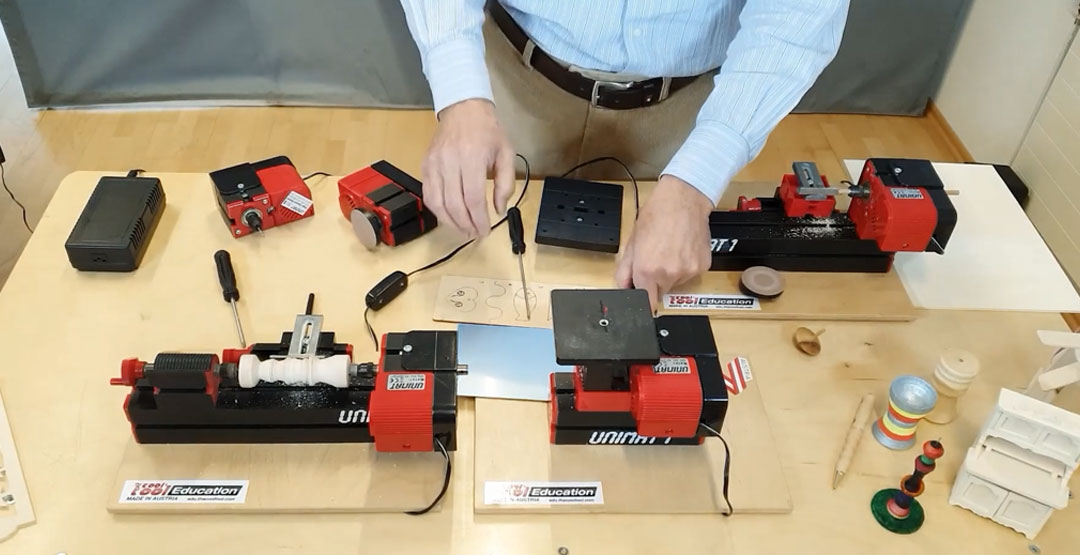
How to Select a Sample Size for your Online Survey?
Tips to Selecting a Sample Size for your Online Survey
Selecting the appropriate sample size for an online survey is crucial to ensure reliable and accurate results. A sample that is too small may not provide representative insights. On the other hand, an extensive sample can be a waste of time and resources. Here are essential tips to guide you in choosing the correct sample size for your online survey:
1. Define Your Population:
Before determining the sample size, you must clearly understand the population you want to study. Define the characteristics and demographics of the group you intend to target with your survey. This information will help you make informed decisions about the sample size.
2. Set Confidence Level and Margin of Error:
The confidence level indicates how confident you want to be in the accuracy of your survey results. The most common confidence level is 95%, which means you’re sure that your results will fall within the margin of error you set. The margin of error is the range within which your population parameter will likely fall. The confidence level and margin of error directly impact your sample size calculation.
3. Consider the Survey’s Purpose:
The purpose of your survey matters. A smaller sample might be sufficient to identify trends if you’re conducting exploratory research. A larger and more representative sample is essential if your survey aims to make precise predictions or decisions.
4. Consider Population Size:
The size of your target population influences your required sample size. A relatively smaller percentage of the population needs to be sampled for larger groups to achieve a representative result. It would help if you surveyed a higher percentage for a smaller target group size to capture diversity in your online survey.
5. Select an Appropriate Sampling Method:
Your chosen sampling method can impact your sample size. If you’re using stratified sampling (dividing the population into subgroups), your sample size should reflect the proportion of each subset in the population.
6. Account for Potential Non-Response:
Not everyone you invite to attempt the survey will respond. To account for potential non-response, consider increasing your sample size. It will ensure that you still have sufficient responses even if some invited participants skip the survey.
7. Prioritize Sampling Techniques:
Random sampling ensures that each member of the population has an equal chance of being included in the sample. While it might not be feasible in all online surveys, prioritize randomization as much as possible to reduce bias.
8. Pilot Testing:
Conduct a pilot test on a smaller sample before completing your online survey. This can help you identify any issues with your survey design, questions, or instructions. It also allows you to estimate the average completion time, which aids in setting realistic expectations for the entire survey.
9. Consider Survey Length:
Your survey length can influence the completion rate. Longer surveys tend to have lower completion rates, affecting your adequate sample size. Aim for a balance between collecting the necessary data and manageable participants.
10. Budget and Resources:
The financial and human resources available for your survey can impact the sample size you can realistically manage. A larger sample might require more time, effort, and potentially monetary investment.
In the “TechnoQuestionnaire” project, students act as researchers by creating and conducting a Google Forms survey to explore a specific issue. They formulate their research question, choose a sample, and design the online study with the help of the designed lesson plans. The process involves a pre-test to refine the survey, then administering it to the chosen sample. Students then share their research outcomes through oral presentations to peers. They demonstrate skills such as survey purpose understanding, biased data recognition, question formulation, chart-based data representation, result interpretation, and report summarization.
Selecting the right sample size for your online survey is critical in obtaining meaningful insights. Remember, the goal is to balance statistical accuracy and practical feasibility to derive valuable insights from your survey.









Recent Comments